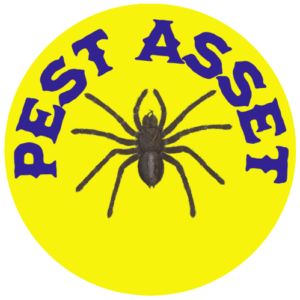Introduction
In the quest for knowledge, students and teachers spend a significant portion of their lives within the confines of educational institutions. However, there’s a lurking problem that often goes unnoticed: pests in schools that can be unwittingly carried in by students and staff. In this comprehensive guide, we will shed light on this often-overlooked issue and explore ways to prevent these pests from infiltrating your school.
Common Pests Brought In
1. Bedbugs
Bedbugs are notorious hitchhikers. These tiny pests can easily find their way into schools by latching onto clothing, bags, or personal belongings. Once inside, they can infest classrooms and common areas, causing discomfort and distress.
2. Ants
Ants are adept at infiltrating schools through cracks and crevices. Students or teachers may unintentionally bring in ant colonies on contaminated items. These tiny invaders can quickly establish themselves in the cafeteria or classroom, searching for food.
3. Cockroaches
Cockroaches are another common pest that students and teachers can inadvertently introduce to schools. These resilient insects can hide in bags or belongings and emerge in classrooms, kitchens, or restrooms. Their presence not only poses health risks but can also be a source of disgust and anxiety.
4. Fleas
Fleas, often associated with pets, can be carried into schools on students’ clothing. These blood-sucking pests can cause itchy bites and are challenging to eliminate once they infest the premises.
Health Risks
Pests brought in from outside can pose health risks to students and staff alike. Here are some potential health concerns associated with these pests:
Allergies
Pest bites and their excrement can trigger allergic reactions in sensitive individuals. Symptoms may include itching, redness, and hives.
Vector-Borne Diseases
Some pests, like fleas and ticks, can transmit diseases such as Lyme disease and typhus. These diseases can be contracted within the school premises if infestations are not addressed promptly.
Psychological Impact
The presence of pests, particularly bedbugs and cockroaches, can lead to psychological stress and anxiety among students and teachers. This can negatively affect the learning environment and overall well-being.
Prevention and Control
Preventing pests from infiltrating your school requires vigilance and proactive measures. Here’s how you can mitigate the risk:
1. Education and Awareness
Raise awareness among students and staff about the potential for pest infestations and the importance of reporting any signs promptly.
2. Regular Inspections
Implement routine inspections of backpacks, clothing, and personal items. This can help identify and address pest issues before they become widespread.
3. Encourage Proper Storage
Advise students and staff to store personal belongings in designated areas, away from classroom and cafeteria spaces. This minimizes the risk of pests hitchhiking on bags and clothing.
4. Pest-Proofing
Seal cracks, gaps, and entry points that pests can exploit to gain access to the school. This includes repairing damaged window screens and ensuring doors close tightly.
5. Professional Pest Control
Consider hiring professional pest control services to conduct regular inspections and address any infestations promptly and effectively.
Taking Pests Home
It’s not just about keeping pests out of schools; there’s also the risk of carrying them home. Here’s what you need to know:
1. Bedbugs
Bedbugs can easily hitch a ride home on clothing or bags. Inspect and shake out clothing before leaving school to prevent taking them home.
2. Ants
Check bags and lunchboxes for ant infestations. Students should avoid leaving food wrappers or crumbs in their bags, as this can attract ants.
3. Fleas
Fleas can infest school backpacks or clothing. Regularly inspect and clean items that come into contact with school premises to avoid taking fleas home.
4. Cockroaches
Cockroaches can hide in bags or belongings. Vigilance is crucial in preventing these pests from hitchhiking home. Encourage students and staff to inspect their belongings before leaving the school premises.
Conclusion
Pests in schools, whether brought in by students, and teachers, or infiltrating from outside, pose a significant threat to the learning environment and well-being. By fostering awareness, implementing preventative measures, and seeking professional pest control when necessary, we can ensure that our schools remain pest-free zones where students can focus on their studies, free from the discomfort and health risks associated with pests.
Don’t let pests disrupt your school life. Stay vigilant, educate your school community, and take proactive steps to keep these unwelcome guests at bay. Together, we can create a healthier and happier learning environment for all.



